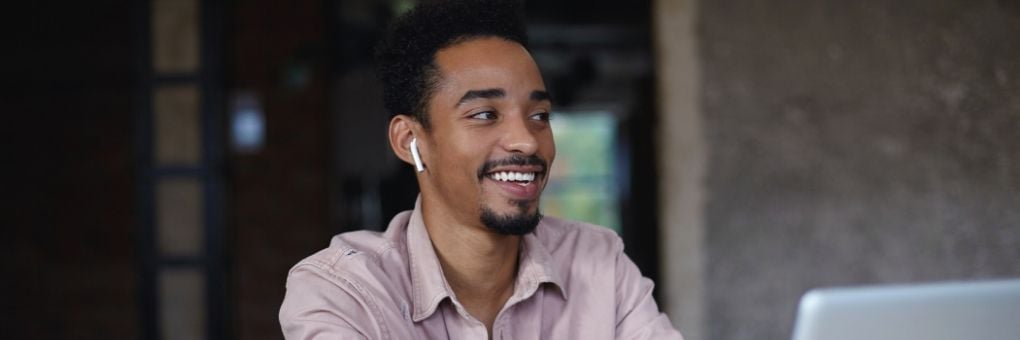How to Make Your Zoom Better With Brevity
It was 11 o’clock.
Christine finished up her third meeting of the day and started logging onto her fourth.
She had to reschedule a client meeting in order to attend this internal meeting about a very important project.
After 15 minutes, this hour-long meeting was finished. They made their decision and ended the meeting.
Christine was frustrated.
In the last two weeks, we discussed how to make your Zoom meetings better with visuals and space. This week we’ll explore brevity.
Brevity
A critical success factor for all our meetings going forward is brevity. There is no reason to schedule a 60 minute meeting for every topic under the sun. Some meetings can be absolutely effective in 15 minutes or less.
Remember those hallway conversations we used to have? We didn’t stand around and talk to each other for an hour! We got things done in five or six minutes of a quick focused conversation.
Remember when you used to drop into someone’s office to ask a clarifying question or get help? We didn’t need an hour for that or a half hour! We needed a few minutes of focused discussion.
That, my friends, is what we need to bring to our meetings again, especially video calls.
We need to be brilliant. We need to be brief. We need to be gone.
- Brilliant - The brilliance requires planning and giving some thought in advance of the meeting to what will happen, what needs to be ready, what we will say, the sequence of questions we will ask or answer, who will be taking notes, and what outcome is expected. This is all just good meeting planning, but we’ve gotten a little lazy now that we’ve switched to video meetings. Just because we have the handouts on our screens at the same time as the meeting doesn’t mean we can skip the pre-read or skimp on the preparation! The virtual platform is not an excuse to “wing it”. We need to reclaim our brilliance!
- Brief - We also need to be brief. Don’t use 10 words when two will do. Use email or written documentation in advance of the meeting to tell the backstory or to share additional detail. Use graphs or charts during the meeting itself to convey information more rapidly. Avoid repetition and instead use a combination of visual and audio to convey information as succinctly as possible. And make an effort to be mindful of how we use our time together - do individual work individually and together work together.
- Here’s a quick example. Let’s say that you and a colleague need to collaborate on a revised version of a document. Have each of you start with the document at your own desk, add some revisions that you each think are meaningful (using comments or other collaboration tools), and then share those edits in advance of the meeting. Then when you get together, you can simply agree to the changes or talk through any disagreements.
- Gone - We should also make a concerted effort to be gone after our meetings end. What? Here’s what I mean. We should wrap up our meetings in a way that brings closure. Recap how we’ve accomplished our objective, closed out or assigned out the parking lot issues, and reviewed the action items so everyone knows what to do next. Let’s not make it so we have to wonder if anything will come of that meeting, but that when others leave our meetings, they know it was a good use of time. Let’s bring issues to healthy resolution, and let’s keep our tones and interactions positive - even when we disagree - so that if thoughts of us linger in the other person’s mind after the meeting is over, they’re not regrets or hard feelings or an unpleasant sense of wasted time..
How will you make your video calls better with brevity? If you missed them, check out our last two blogs about making your virtual meetings better with visuals and space.








